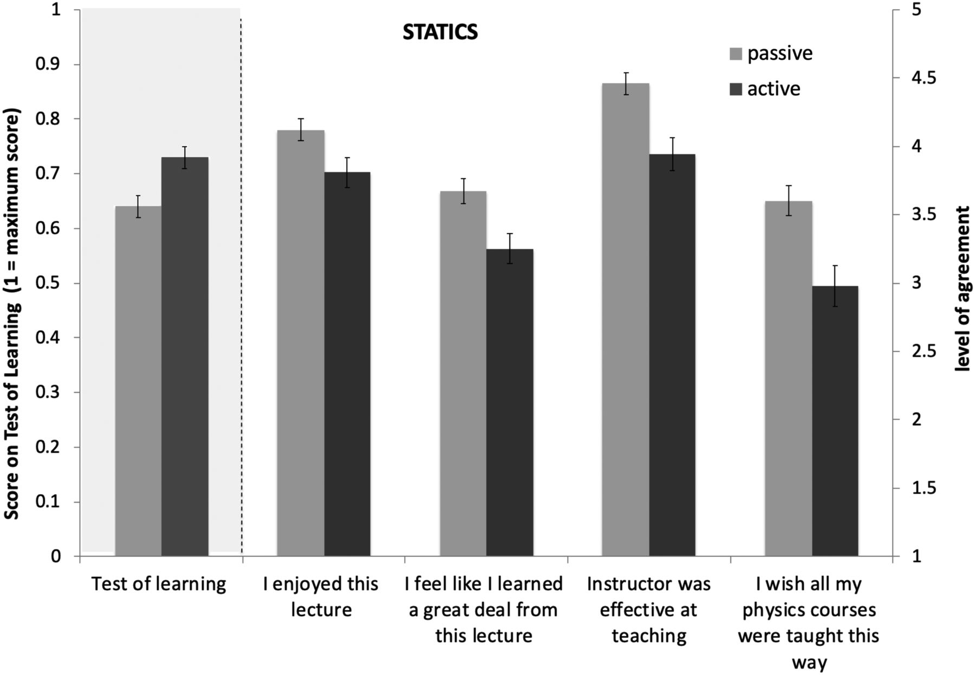
Figure 1: Active learning improves student performance and engagement. But why do passive lectures still dominate? Photo by Dmitry Ratushny.
For decades, active learning has been proposed as a solution to prevalent issues in science education, including student engagement and performance. Unlike in traditional passive lectures – where an instructor lectures at students who may or may not be engaged – students in active learning contexts are invited to participate in activities such as group asssignments, in-class worksheets, and discussions. In short, in active learning classrooms, students become active participants in the learning process. The evidence for active learning is strong; a 2014 meta-analysis of 225 studies on active learning found that students performed, on average, 6% better on exams and were 1.5 times less likely to fail than students in passive lectures.
Despite the wealth of research reporting benefits due to active learning, a recent survey of American colleges found that the majority of STEM college instructors still rely on passive teaching methods. Though one can propose a variety of potential reasons why students and faculty are so resistant to active learning, researchers at Harvard devised an experiment to tackle the question.
The researchers randomly assigned students to either an active learning or passive lecture and then tested students to see (1) how much students actually learned and (2) how much students believe they learned from each teaching context. The researchers found that, in terms of actual learning, students performed better if they were exposed to an active learning setting than a passive setting. However, what was surprising was that despite learning more, students in the active learning setting believed they learned less effectively than those in the passive setting.

Figure 2: Students performed better on tests of learning if they were in an active learning setting (left, shaded), but consistently felt like they learned less effectively compared to a passive setting (right).
One concern with implementing active learning at higher levels of education is that students who have only been exposed to passive learning contexts will struggle to navigate the shift from passive to active. The results from the Harvard study may indicate evidence for that struggle, as students may simply prefer passive contexts due to students’ familiarity with them. Therefore, the researchers propose the following recommendations for faculty: (1) prepare your students early in the semester for active instruction, and (2) clearly describe the benefits of active instruction to your students.
The researchers also suggest that their findings may suggest a reason why faculty have been resistant to change. As noted earlier, faculty are resistant to active learning, and the researchers suggest this may be due in part to students believing that active instruction is less helpful than passive instruction, and then directly articulating these beliefs to faculty on teaching evaluations. If students are consistently dismissing active learning methods over passive methods, it’s unsurprising why faculty would consistently choose one over the other. However, some faculty may be resistant to active learning simply due to their own entrenched beliefs and/or attitudes towards teaching.
As research on active learning continues, one thing is clear: active learning works, and it works better than passive learning. However, in order to get both students and faculty to fully buy-in to active learning, students not only need to know what active learning is – they also need to know why it is beneficial to their learning.
References
(1) Deslauriers, L.; McCarty, L. S.; Miller, K.; Callaghan, K.; Kestin, G. Measuring Actual Learning versus Feeling of Learning in Response to Being Actively Engaged in the Classroom. Proc. Natl. Acad. Sci. 2019.
(2) Freeman, S.; Eddy, S. L.; McDonough, M.; Smith, M. K.; Okoroafor, N.; Jordt, H.; Wenderoth, M. P. Active Learning Increases Student Performance in Science, Engineering, and Mathematics. Proc. Natl. Acad. Sci. U. S. A. 2014, 111 (23), 8410–8415.
(3) Stains, M.; Harshman, J.; Barker, M. K.; Chasteen, S. V; Cole, R.; DeChenne-Peters, S. E.; Eagan, M. K.; Esson, J. M.; Knight, J. K.; Laski, F. A.; et al. Anatomy of STEM Teaching in North American Universities. Science (80-. ). 2018, 359 (6383), 1468–1470.
By: Jacky Deng

Jacky Deng is from Surrey, British Columbia and is currently a graduate student at the University of Ottawa. Jacky received an honours degree in Chemistry from the University of British Columbia’s Okanagan campus (UBCO). During his time at UBCO, Jacky wrote for the university’s student newspaper The Phoenix as its Arts Editor, and eventually oversaw management of the newspaper as its Coordinating Editor. Despite not having pursued a degree or formal career in journalism, Jacky has accumulated a strong science communication portfolio consisting of both journalistic writing and video production. He is passionate about science education, as well as how data can inform decisions related to social issues, environmental issues, and, most importantly, sports. He is currently reading Pablo Escobar: My Father by Juan Pablo Escobar.
